|
Due to poaching and habitat destruction, the long-term survival of these
endangered animals looks increasingly grim if we don't take action soon.
|
|
Northern white rhino
This white rhino subspecies made headlines last year following the death
of Sudan, the last known male of his kind, making the species
functionally extinct. Some scientists are cautiously optimistic that it
could be brought back with the help of IVF technology, while others say
time has simply run out for the subspecies, meaning it won't be long
before it disappears. |
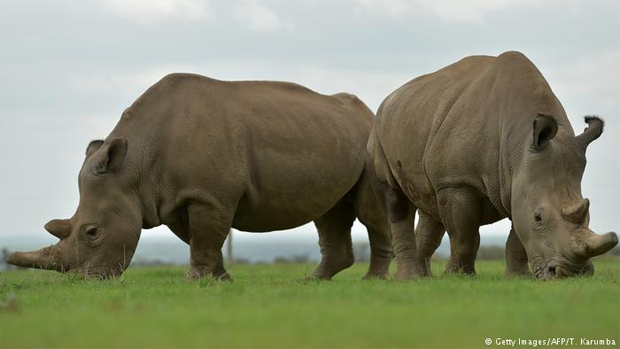 |
|
South China tiger
The South China tiger is the most critically endangered of all tiger
subspecies. No individual has been sighted in the wild since 1970, while
the global captive population is likely to number less than 80. Some
researchers have already declared the subspecies functionally extinct,
but organizations such as Save China's Tigers (SCT) are persisting with
their conservation efforts. |
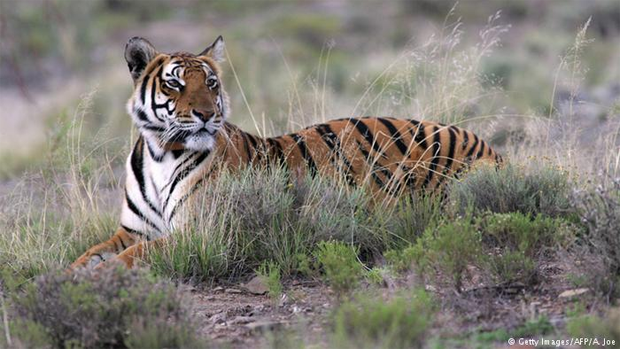
|
|
Amur leopard
Fewer than 80 Amur leopards are believed to live in the wild, making it
one of the rarest cats on the planet. Native to the forests of Southern
China, Northern Russia and the Korean Peninsula, the amur leopard is
threatened by poaching and deforestation. But there's still some hope —
the leopard has found an unlikely refuge in the Korean Demilitarized
Zone, which has become a haven for wildlife. |
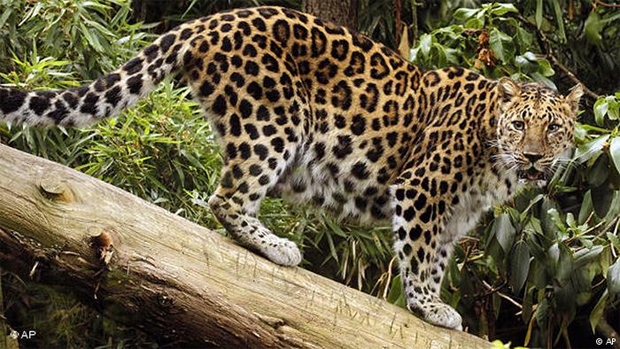
|
|
Vaquita
Also known as the gulf porpoise, the vaquita is the rarest marine animal
in the world, with less than 15 thought to exist as of March 2018. The
porpoise has never been hunted directly but it often becomes entangled
in illegal gillnets intended to capture the totoaba, another critically
endangered fish found in the Gulf of California. Efforts to stop illegal
fishing in the area have largely failed. |
 |
|
Black rhino
Researchers fear the black rhino could suffer the same fate as its
northern white cousin if conservation efforts aren't ramped up soon. The
population currently numbers just over 5,000 individuals, although three
subspecies have already been declared extinct. They are primarily
threatened by illegal poaching, driven largely by demand for rhino horn
on the black market. |
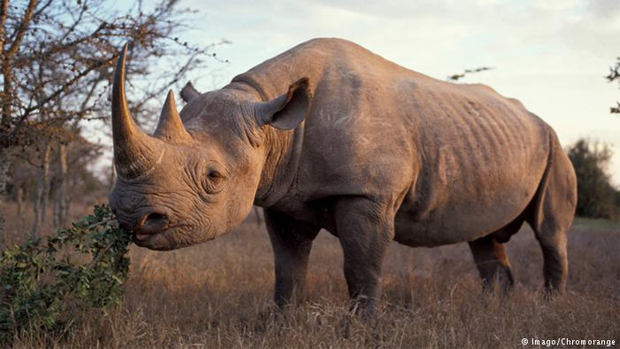 |
|
Red wolf
With fewer than 30 remaining in the wild, the red wolf is considered
critically endangered and is the focus of conservation efforts. It's
actually a genetic mix between the gray wolf and the coyote, and was
decimated in the 1960s thanks to intensive predator control programs.
The shy subspecies is native to the southeastern US and Florida, but
today is only found in eastern North Carolina.
|
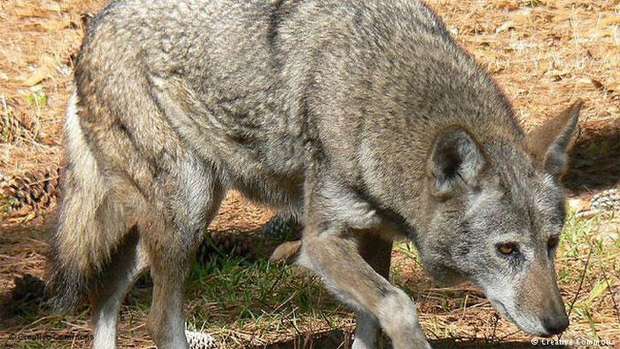 |
|
Saola
First discovered in 1992, the elusive saola is often dubbed the 'Asian
unicorn.' In fact, it's so rare that there have only been four confirmed
sightings in the wild by researchers. They are found in the forests of
Vietnam and Laos and are threatened by poaching and habitat destruction.
The population is believed to have rapidly declined since its discovery,
with no more than 100 likely to exist.
|
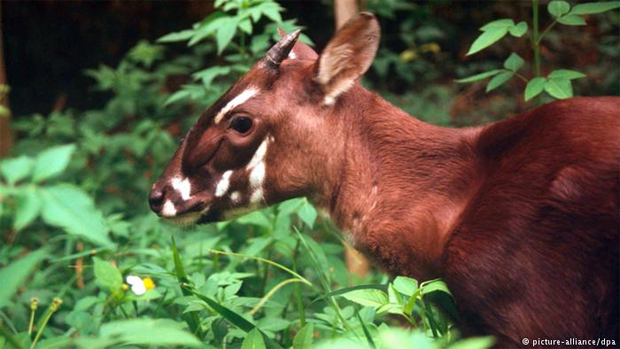 |
|
Eastern gorilla
The largest living primate is critically endangered thanks to illegal
hunting and deforestation. The lowland gorilla subspecies is more
populous with 3,800 thought to live in the wild, while only about 880
mountain gorillas are thought to exist. Although conservation efforts
have been lauded in recent years, there is still a long way to go before
the population will be considered stable.
|
 |